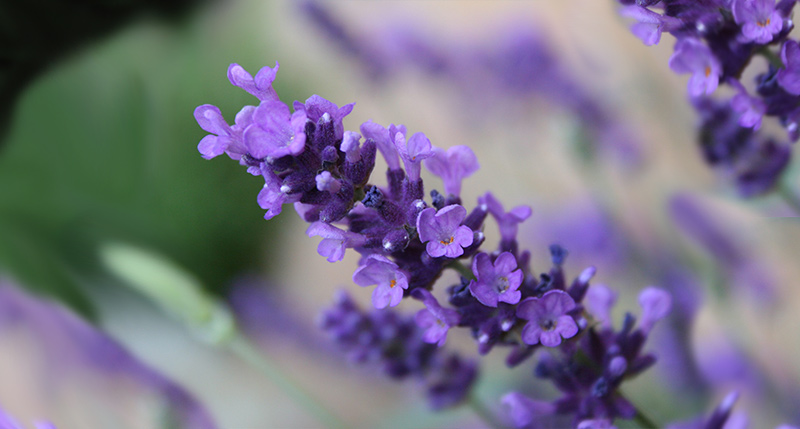Feeling the Itch? 13 Natural Bug Bite Remedies
Summertime, and the living’s easy. On warm evenings when it stays light late it’s fun to fire up the grill and enjoy a meal outside. But when you do, remember: humans aren’t the only ones who like a bite outside. For some pesky predators, YOU might be the menu.
Even if you cower between citronella candles and wear protective clothing, for some of us, insect bites are an inevitable part of summer―especially if you’re one of the unlucky who seem to attract mosquitoes, wasps, bees and the annoying itch and pain their bites can bring. We thought we’d explore some natural remedies to alleviate the irritation so you can get back to enjoying your summer!
Stop the Itch
1. When you notice a bite, grab an ice cube and rub it on the area right away. It will have a slight numbing effect as it decreases the itch by reducing inflammation.
2. Lavender essential oil is a great treatment to calm the skin and stop the itch: place a drop or two directly on the insect bite and give the oil 15 minutes to start working. If it starts to itch again, try another drop or two but don’t overdo; two drops is the maximum you should use for any one application.
3. To reduce swelling, try Melaleuca essential oil, also called tea-tree oil. You’ll only need one drop but can apply it several times per day.
4. You might have an unexpected solution in your medicine chest: underarm deodorant! Deodorant contains ingredients that decrease skin irritation. Rub a small amount of deodorant on the bite to see if it does the trick.
5. Rounding out our essential oil trio, a drop or two of peppermint oil will lower the circulation to the bite and have a cooling effect on the skin, which can reduce your urge to itch. Use caution when applying essential oils on children; always err on the side of using too little rather than too much to avoid adverse reactions, and consider diluting the oil with coconut or olive oil instead of using it at full strength.
Take the sting out of a sting
6. If you’re the victim of a wasp or bee sting, remove the stinger as soon as possible—because the longer it remains in your skin, the longer the insect’s venom is being pumped into your body. Try using a credit card’s edge, your fingernail or a dull knife blade to scrape the stinger away and out of the skin. Tweezers aren’t recommended, as using them could squeeze more venom into your skin.
7. Once you’ve removed the stinger, apply apple cider vinegar dipped in a cotton ball for a few minutes to help relieve inflammation and reduce redness.
8. Meat tenderizer is another good remedy to apply immediately after a sting. The enzymes it contains to tenderize meat also work to neutralize insect venom, providing you with relief. To make a compress, form a paste from the meat tenderizer and a little water, applying it to skin and leaving it on for up to an hour.
9. Aspirin—used as a paste on the skin—provides similar relief. Crush an aspirin with the back of a spoon and add water to make a paste. Apply to the sting for relief.
10. Baking soda is another great way to take the sting out of a sting. Make a paste with water or coconut oil and apply for at least 20 minutes.
11. If your fruit basket contains papaya, you’re in luck. Apply an enzyme-rich slice of papaya to the sting to help neutralize insect venom.
12. Got an onion nearby? Cut it open, then rub it on the sting. The enzymes in the onion help neutralize the bite and lower inflammation. Some people swear by crushed garlic to provide the same relief. (Bonus: Legend has it that you’ll also be safe from marauding vampires.)
13. And finally, the sweetest solution: sugar. Dip your index finger in water, roll it in sugar and apply it to the sting to provide relief.

